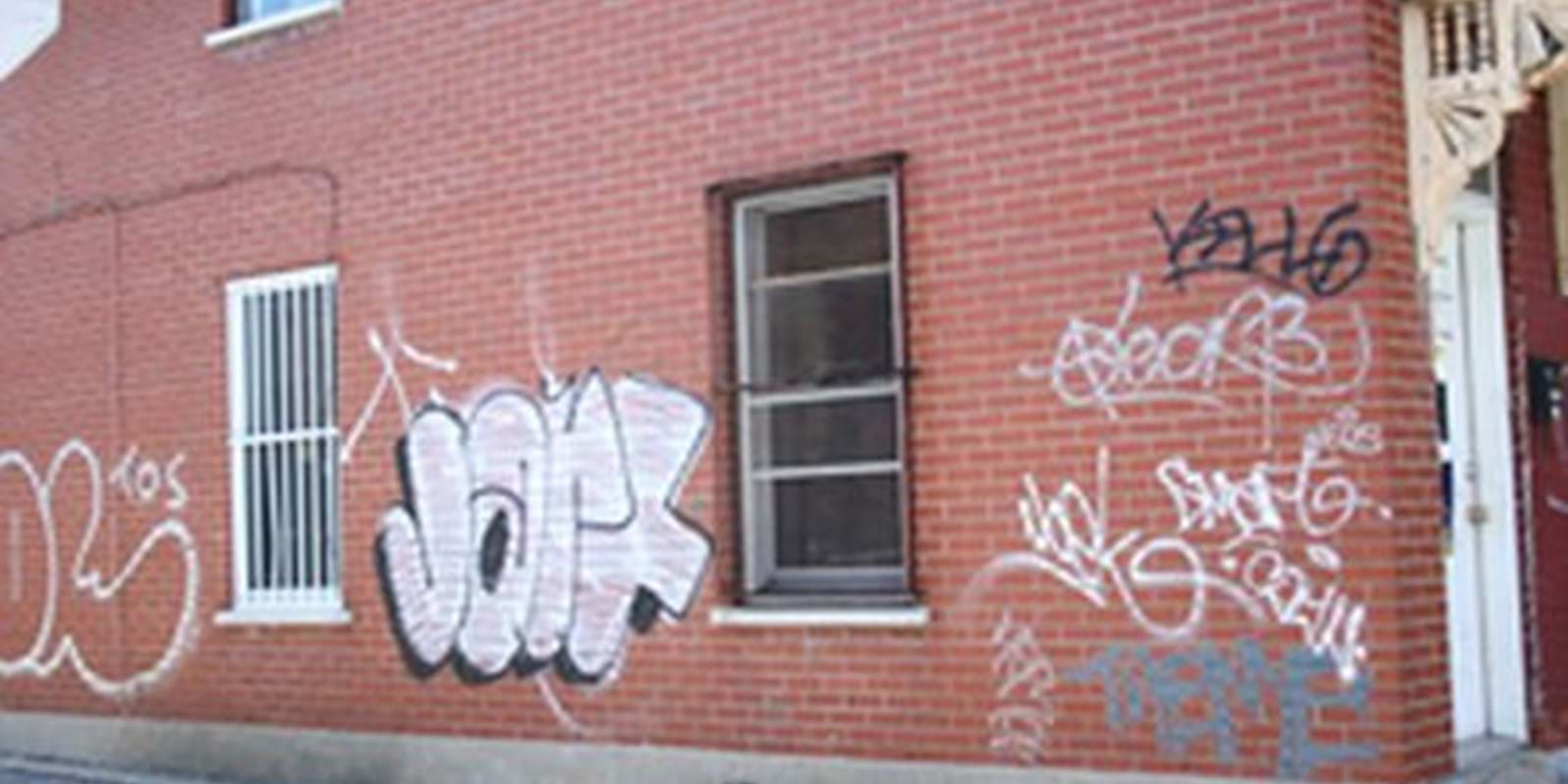“Engraved Drawings”, better known under its Italian name “Graffiti”. Its description is quite simple. It is all about a drawing or an inscription, engraved, drawn or painted on walls, vehicles… etc. It draws its origin from a traditional technique of engraving in the fine plaster layer of a wall, “graffito” in Italian art.
Graffiti are often the reflection of forgotten civilizations. The first appearances of cave paintings could go as far back as more than 45 thousand years (according to certain historians). Pompey in Italy, 79 after J.C., Athens in Greece, in Ireland one finds graffiti of Vikings there, in Central America by the Mayas… etc
Developed during wars, revolutions, and occupation in certain countries, graffiti are often the “written” expression realized in a political context of tension… among others.
No need to seek in the most hidden back corners of the city, to find a graffiti.
Indeed, no matter which country, city, borough, or quarter… in short, there where you are, I bet you will find something, even if it would only be a very small graffiti. Everywhere the world is full of them and not necessarily in the poorest districts.
Having spent a whole day in the Plateau Mount-Royal Borough taking still pictures, after just a few streets I was already dazed. It can be a real nightmare for certain store owners or owners of rental dwellings. Because, one finds them everywhere. Often these graffiti are only vulgar signatures also called “tags” from the “graffitor” himself, or simply a small “unimportant” drawing. Often made with a spray painter, most of the time it is nothing more than vandalism and often considered clandestine or illegal.
I will limit myself here to external graffiti. On the other hand, for those who are less accustomed to public transit, you should know that graffiti are not absent there either, be it either in the metro or on the buses. No question of works of art here, almost all of them are “tags”.
However, some of these graffiti are real works of art, “street art” that is, as some would qualify it. Unfortunately, they are not always located in the right place. As far as abandoned dwellings, old workshops of the City or concrete walls being part of viaducts or old factories are concerned, the problem is perhaps less important. On the other hand, when those “tags” are found on the wall of your residence, the situation is very different. In many cases, you remove them in vain, because it will not take very long before another one grows there like a mushroom.
Unfortunately, this phenomenon does not stop only at the large metropolis. Other cities in Quebec are struggling with the same problem. It would take too long to name each one of these cities here, let us take it for granted that graffiti are everywhere. But in any event, one finds them everywhere in the world, that is not a surprise. Be sure however that certain measures are taken by the municipalities, “to counter” the problem.
In a forthcoming article we will precisely see what these measures are.
Join now
Not already member of the APQ ?
Take advantage of all our services by joining now

